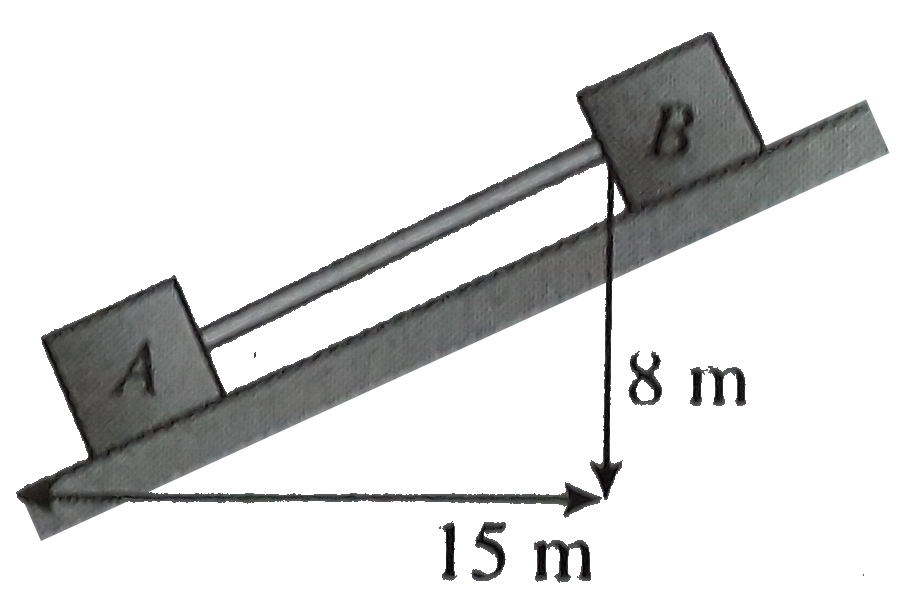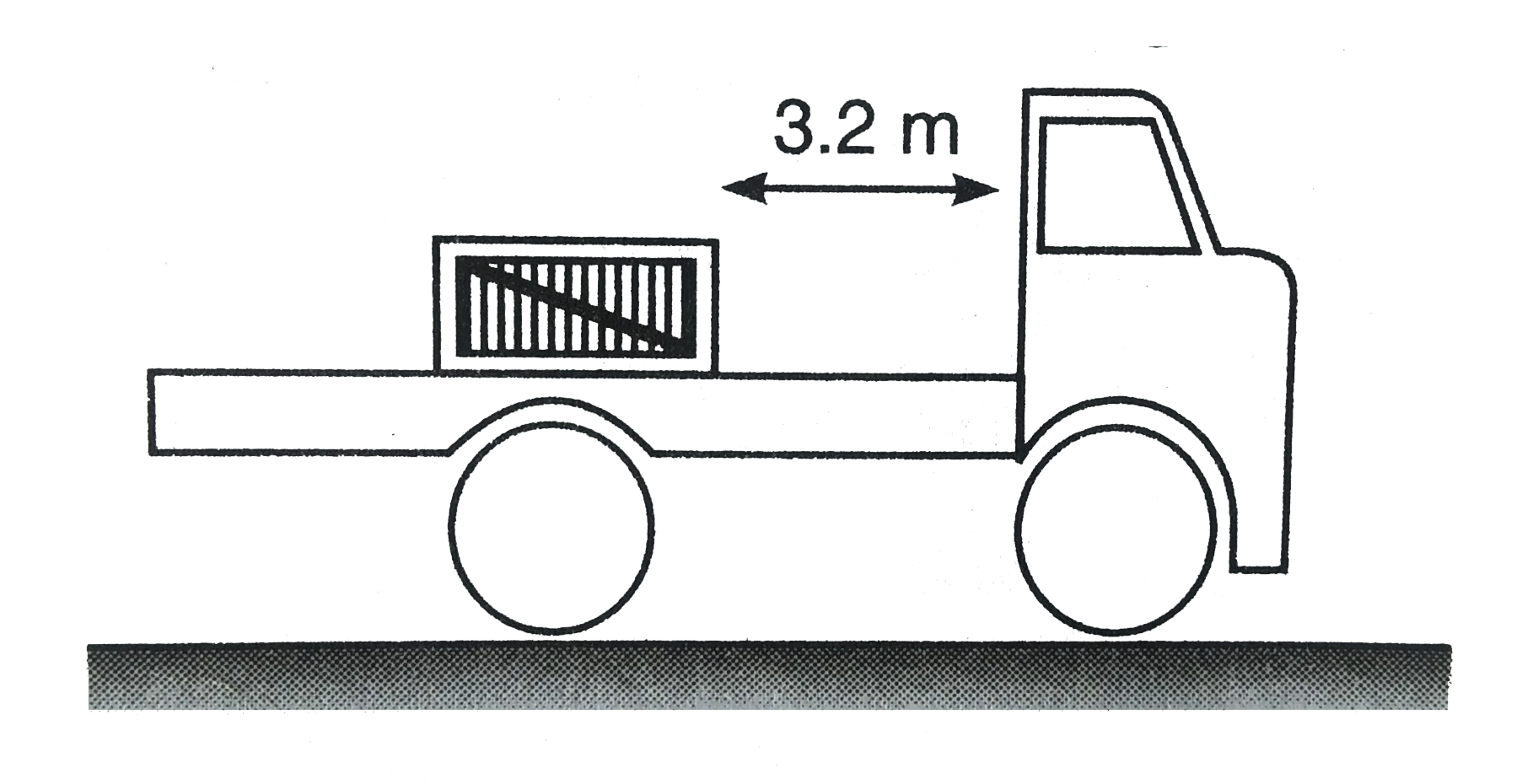If μs,μk and μr are the coefficients of static, kinetic and rolling friction respectively then
μs>μk<μr
μs<μk>μr
μs>μk>μr
μs=μk=μr
The correct Answer is:C
To solve the problem regarding the relationship between the coefficients of static friction (μ_s), kinetic friction (μ_k), and rolling friction (μ_r), we can follow these steps:
Step 1: Understand the definitions
- Static Friction (μ_s): This is the frictional force that must be overcome to start moving an object at rest. It is generally higher than the other types of friction because it needs to overcome the inertia of the object.
- Kinetic Friction (μ_k): This is the frictional force acting on an object that is already in motion. It is usually less than static friction because once an object is in motion, it requires less force to keep it moving.
- Rolling Friction (μ_r): This is the frictional force that occurs when an object rolls over a surface. It is the least among the three types of friction because rolling motion requires the least amount of frictional force to maintain motion.
Step 2: Establish the relationships
From the definitions above, we can establish the following relationships based on the nature of friction:
- Since static friction must overcome inertia, it is the highest:
μs>μk
- Kinetic friction is less than static friction because it acts on moving objects:
μk>μr
- Rolling friction is the least because it involves rolling rather than sliding:
μr<μk
Step 3: Combine the relationships
Combining all the relationships, we can conclude:
μs>μk>μr
Final Conclusion
Thus, the correct relation among the coefficients of friction is:
μs>μk>μr
- Static Friction (μ_s): This is the frictional force that must be overcome to start moving an object at rest. It is generally higher than the other types of friction because it needs to overcome the inertia of the object.
- Kinetic Friction (μ_k): This is the frictional force acting on an object that is already in motion. It is usually less than static friction because once an object is in motion, it requires less force to keep it moving.
- Rolling Friction (μ_r): This is the frictional force that occurs when an object rolls over a surface. It is the least among the three types of friction because rolling motion requires the least amount of frictional force to maintain motion.
From the definitions above, we can establish the following relationships based on the nature of friction:
- Since static friction must overcome inertia, it is the highest:
μs>μk
- Kinetic friction is less than static friction because it acts on moving objects:
μk>μr
- Rolling friction is the least because it involves rolling rather than sliding:
μr<μk
Combining all the relationships, we can conclude:
μs>μk>μr
Thus, the correct relation among the coefficients of friction is:
μs>μk>μr
Similar Questions
Define the coefficient of static friction and kinetic friction.
View SolutionBlocks A and B in the Fig are connected by a bar of negligible weight .Mass of each block is 170kg and μA=0.2 and μB=0.4 where μA and μBare the coefficient of limiting friction between bloock and plane calculate the force developed in the bar(g=10ms−2)
 View Solution
View Solution
Knowledge Check
- Question 1 - Select One
Assertion : Static friction is a self-adjusting force upto its limit μsNwhereμs is the coefficient of static friction.
Reason: One can use the equation fs=μsN only when the maximum value of static friction comes into playAIf both assertion and reason are true and reason is the correct explanation of assertion.BIf both assertion and reason are true and reason is the not correct explanation of assertion.CIf assertion is true but reason is falseDIf both assertion and reason are false.
If μ1andμ2 are the refractive indices of the material of core and cladding respectively of an optical fiber, then
View Solution
Determine the maximum horizontal force F that may be applied to the plank of mass m for which the solid sphere does not slip as it begins to roll on the plank. The sphere has a mass M and radius R. The coefficient of static and kinetic friction between the sphere and the plank are μS and μk respectively.View Solution
A force F=2t is spplied at t=0 sec to the block of mass m placed on a rough horizontal surface. The coefficient of static and kinetic friction between the block and surface are μS and μk respectively. Which of the following graphs best represents the acceleration vs time of the block(μS>μk)?View Solution
A force F=2t is spplied at t=0 sec to the block of mass m placed on a rough horizontal surface. The coefficient of static and kinetic friction between the block and surface are μS and μk rspectively. Which of the following graphs best represents the acceleration vs time of the block(μS>μk)?View SolutionLet as consider the next case in the previous illustration when there is no friction between ground and M . The coefficient of static and kinetic friction are μ2 and μ1, respectively, and force F acts upper block as shown in figure
a. What is the maximum possible value of F so that the system moves together ?
b . If there is releative sliding between M and m then calculate acceleration of M and m
 View Solution
View SolutionCoefficient of friction between the flat bad of the truck and crate are μ=0.8andμk=0.7. The coefficient of kinetic friction between the truck tires and the road surface is 0.9 .If the truck stops from an initial speed of 15m/s with maximum braking (wheels skidding). Determine where on the bed the crate finally comes to rest. (take g=10m/s2)
 View Solution
View SolutionA uniform disc of mass m and radius R is rolling up a rough inclined plane which makes an angle of 30∘ with the horizontal. If the coefficients of static and kinetic friction are each equal to μ and the only force acting are gravitational and frictional, then the magnitude of the frictional force acting on the disc is and its direction is .(write up or down) the inclined plane.
View Solution

